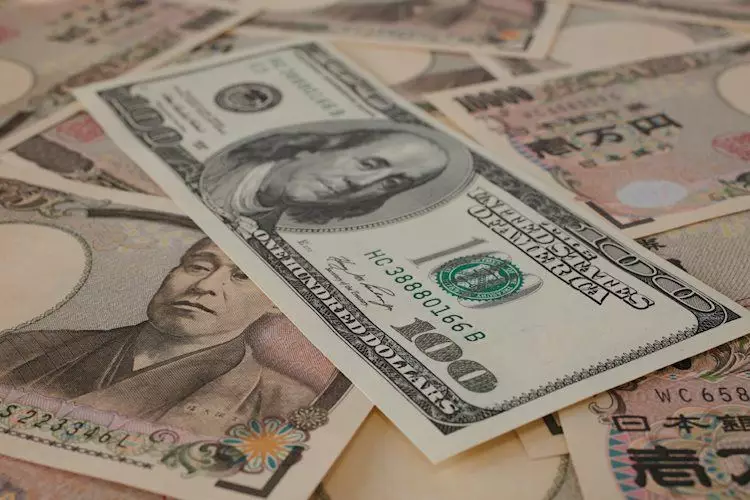The Japanese Yen (JPY) has found itself in a challenging position against major currencies, particularly the US Dollar (USD). Despite some initial strength, the yen has struggled to maintain upward momentum, largely due to uncertainties surrounding monetary policy strategies from the Bank of Japan (BoJ) and external economic pressures. In recent trading sessions, the JPY has fluctuated near the lower limits of its daily trading range, showcasing the instability in Japan’s economic climate.
Various factors have contributed to the yen’s volatility. Among these, a recent statement from the leader of Japan’s Democratic Party for the People, Yuichiro Tamaki, opposing further rate hikes by the BoJ adds to the complexity of market sentiments. As traders look for clearer signals, moves by the BoJ and upcoming US macroeconomic data are critical determinants for future market behavior.
Compounding the JPY’s struggles are the prevailing conditions in the United States’ economic landscape. The robust state of the US economy, notably marked by rising Treasury bond yields, tends to bolster the dollar while putting pressure on lower-yielding currencies like the yen. This week, traders have observed a notable resurgence in US Dollar purchasing, leading to significant fluctuations in the USD/JPY pair. Anticipated releases of critical US economic indicators such as the Consumer Confidence Index and Job Openings and Labor Turnover Survey (JOLTS) are set to provide new insights for market participants seeking directional direction.
As the Fed approaches its policy meetings, the looming US presidential election is likely influencing market perspectives. Polls indicate a tight race, potentially swaying economic strategy discussions that impact interest rates and consumption patterns. Such developments naturally play a role in shaping the value of USD and its relationship with the yen.
On the domestic front, recent reports from the Japan Statistics Bureau show a favorable drop in the unemployment rate from 2.5% to 2.4% in September, an indicator of robust demand for labor. This uptick in employment numbers suggests a possibility for rising wages, which may prompt the BoJ to consider shifting its monetary policy stance. Finance Minister Katsunobu Kato’s vigilance regarding foreign exchange moves, particularly those driven by speculators, hints at the government’s potential readiness to intervene in forex markets, which could help stabilize the yen temporarily.
However, Tamaki’s cautious position regarding abrupt policy changes reflects widespread concerns about real wages, which remain stagnant. The balancing act that policymakers face is monumental, as they must navigate the fine line between stimulating economic growth and ensuring currency stability.
From a technical perspective, recent trading has indicated the potential for shifts in market sentiment. A previous breakout at the 150.65 level, which coincides with crucial moving averages and Fibonacci retracements, provided a signal for bullish traders. Nevertheless, forming resistance beyond critical Fibonacci levels raises the need for caution among investors. Current indications, including a Relative Strength Index (RSI) nearing overbought territory, suggest that a period of consolidation or pullback may be prudent before making further commitments to buying.
Additionally, the USD/JPY pair’s recent fluctuations emphasize the importance of established support zones. Short-term traders aiming for quick gains may find opportunities near levels such as 152.65 or 152.00, where buying interest traditionally develops. Should the market see a downward trend, support levels could extend further to 151.45 or even 151.00, presenting additional strategic entry points.
Market participants are acutely aware that all eyes will soon be on the BoJ’s upcoming decisions. The central bank’s stance regarding interest rates and any new macroeconomic policies will significantly affect the JPY’s trajectory. A potential increase in interest rates could inject new life into the currency, while a delay would likely see the yen’s struggles continue amidst a stronger USD.
Ultimately, the juxtaposition of domestic developments, global economic indicators, and market sentiments delineates a path filled with unpredictability. As investors gear up for a pivotal week that promises critical economic data from both Japan and the U.S., the forthcoming decisions could very well dictate the future landscape for the Japanese Yen in the volatile currency market.
The interplay of these economic forces illustrates the complex nature of currency trading, where policymakers, investors, and market analysts continuously adapt to current events and emerging trends. The JPY’s fate will depend not only on domestic decisions but also on the global economic environment and investor sentiment in the days to come.

